Home automation is a great way to make your life more convenient and comfortable. With the advancement of technology, it is now possible to automate almost anything in your home, from your lighting to your security system.
However, installing a home automation system can be a daunting task, especially if you’re not tech-savvy. In this blog, we’ll give you a simple room guide to home automation installation.
First things first, what is home automation?
What is home automation?
Home automation refers to the use of technology to automate tasks and control various electronic devices in your home. With a home automation system, you can control your lighting, temperature, security, entertainment system, and much more. The system can be controlled using a smartphone, tablet, or computer.
Now let’s get started with the installation process.
Basic Home Installation Process
1. Identify the areas of your home you want to automate
Before you start installing a home automation system, you need to identify the areas of your home you want to automate. It could be your living room, bedroom, kitchen, or any other area that you use frequently. Make a list of the devices you want to automate, such as your lighting, thermostat, security cameras, and entertainment system.
2. Choose the right home automation system
There are many home automation systems available in the market, each with its own unique features and specifications. You need to choose a system that is compatible with the devices you want to automate and is easy to use. Some popular home automation systems include Google Home, Amazon Alexa, and Apple HomeKit.
3. Install the home automation hub
The home automation hub is the brain of your home automation system. It connects all the devices in your home and allows you to control them using a smartphone or tablet. You need to choose a hub that is compatible with the home automation system you have chosen. Some popular home automation hubs include Samsung SmartThings, Wink Hub, and Google Nest Hub.
4. Install the devices
Once you have installed the home automation hub, you can start installing the devices you want to automate. Start with the devices that are easy to install, such as smart bulbs and smart switches. These devices can be installed without the need for professional help. However, if you’re not comfortable with DIY installation, it’s best to hire a professional to do it for you.
5. Connect the devices to the home automation hub
Once you have installed the devices, you need to connect them to the home automation hub. This is usually done using Wi-Fi or Bluetooth. Follow the instructions provided by the manufacturer to connect the devices to the hub.
6. Set up the home automation system
After connecting the devices to the home automation hub, you need to set up the system. This involves creating schedules, scenes, and routines. For example, you can create a schedule for your lighting system to turn on and off at specific times of the day. You can also create a scene where all the lights in your living room turn on when you say “movie time” to your voice assistant.
7. Test the system
Once you have set up the home automation system, it’s time to test it. Make sure all the devices are working properly and that you can control them using your smartphone or tablet. If you encounter any issues, refer to the user manual or contact the manufacturer’s customer support.
Why Seek Professional Help?
If you’re considering installing a home automation system, Avisio is an excellent choice for your installation needs. Avisio is a professional home automation company that offers a wide range of services to help you automate your home. Here are some reasons why you should use Avisio for your home automation installation.
1. Expertise and experience
Avisio has a team of highly skilled professionals who have years of experience in the home automation industry. They have the expertise and knowledge to install any type of home automation system, from lighting and security systems to smart home devices and entertainment systems. They can also offer advice on the best system to suit your needs and budget.
2. Tailored solutions
Avisio understands that every home is unique, and so are the needs of every homeowner. They offer tailored solutions that are customised to meet the specific needs of each client. They work closely with their clients to understand their needs and preferences, and then design and install a system that meets those needs.
3. Quality products and services
Avisio only uses high-quality products from trusted manufacturers. They ensure that every product they install is of the highest quality and is backed by a warranty. They also offer ongoing support and maintenance to ensure that your home automation system is always working at its best.
In conclusion,
Home automation installation doesn’t have to be complicated. By following this simple room guide, you can easily install a home automation system in your home. Remember to choose the right system, install the devices correctly, and set up the system properly. With a little bit of effort, you can enjoy the convenience and comfort of a fully automated home.

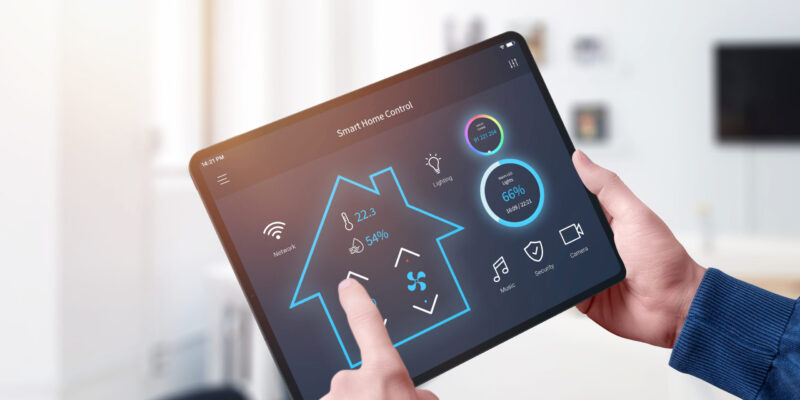



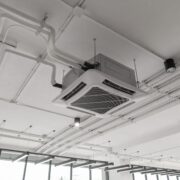
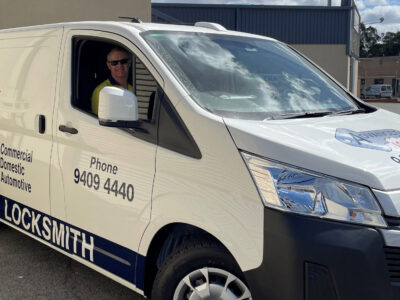
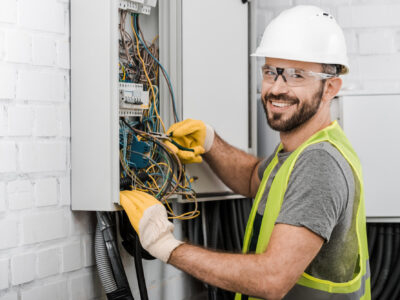

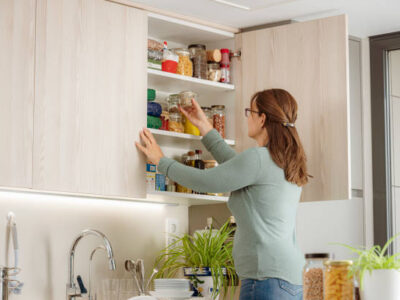



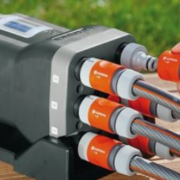
Comments